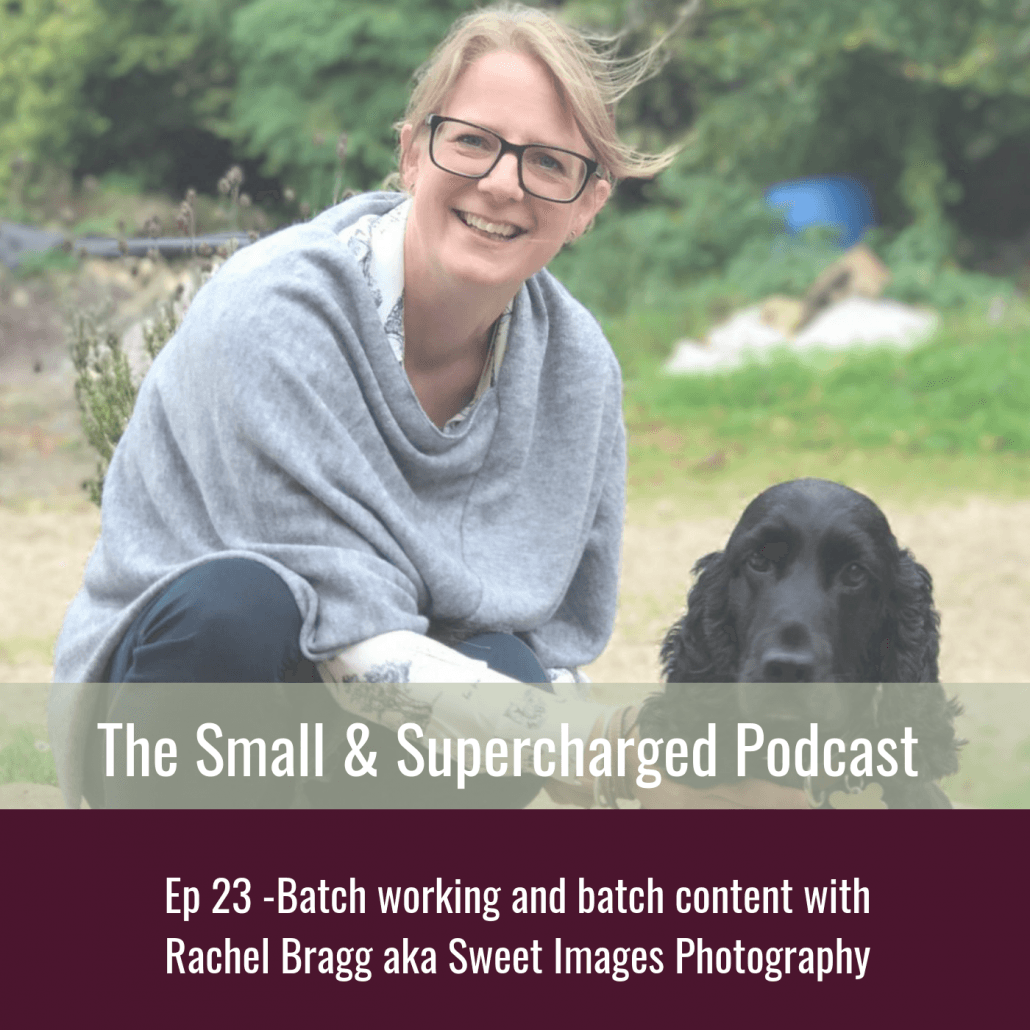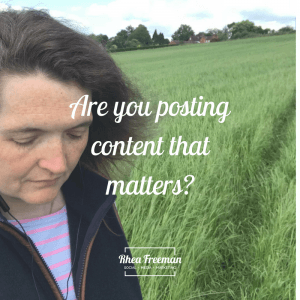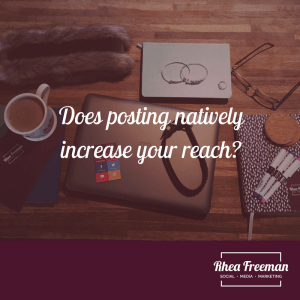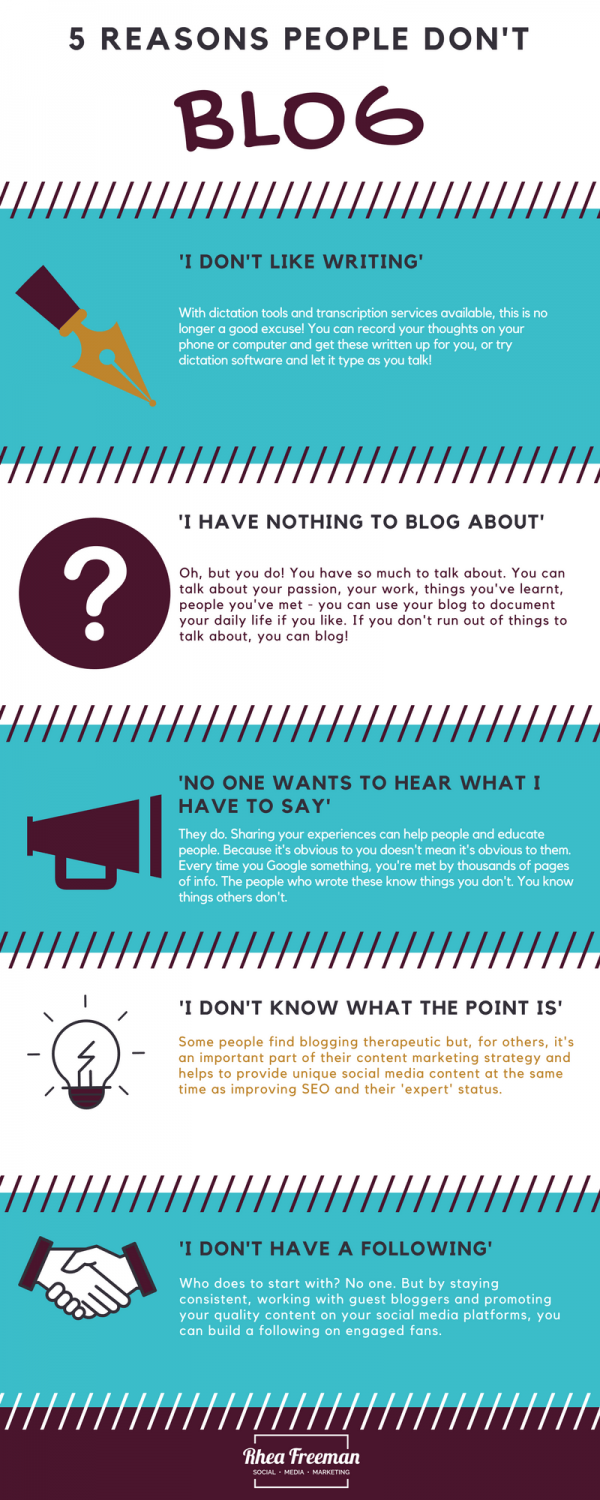
What do you think about batch working? Do you know what batch content is, or do you think I’m talking a different language? Don’t worry – batch working will change your world, whatever you do. In this podcast, Rachel Bragg from Sweet Images Photography tells us how she makes it work for her.
Batch working and batch content with Rachel Bragg
In this episode we talk about the value of producing batch content, batch working, tips for both and a whole lot more. In this episode of the Small & Supercharged Podcast with Rachel Bragg from Sweet Images Photography, you will hear…
- How time consuming it can be to NOT batch your work together (and why looking at it differently can save you a lot of time).
- The many different ways that small business owners are pulled, meaning that the time we have is quite short, and how that means we have to make it count.
- How the idea of batching (and the practical application) became apparent to Rachel when working for a commercial client.
- The way that batch content can actually help you to create your best work as you can create all the content when the conditions are optimal.
- How the act of just planning the time to create the content can make you more productive as you can start to create a props list on the lead up to the event too. Preparation is so important.
- When you’re batch working, you also need to make sure you have everything where you need it to be. This helps you use your time as well as possible.
- How to create more than one image out of each shot you’ve set up. We talk about batch working with flatlays, and how the angles and the position you take the images from can make even more content from each flatlay you’ve set up.
- Why it’s important to make sure you plan what you want to shoot, what you want to achieve, and know why you’re doing it. When you’ve done this, work out what you could also shoot at the same time. This should give you additional content for the future.
- How important it is to be ruthless with your time and literally book out the time to create your content.
- How DSLRs are good BUT, for the vast majority of us, a phone camera is more than adequate. In fact, sometimes the really modern phone cameras are better in some situations that DSLRs, especially if there’s a light issue.
- The importance of props and how these can help with the story.
- We talk through a few scenarios and the props that you can find that are easily to hand and can be used (that won’t cost you a penny and can really add to your images).
- How you don’t need to have lots of posh, expensive props to make a flatlay work. You just need to make sure it’s relevant.
- The idea of taking lots of shots when you have a session set up. It’s something I do (as a non-photographer… and I always like to try and stack the odds of getting a good shot in my favour!), and Rachel also talks about whether or not it’s the right thing to do!
- How to edit the images on your phone, and how you can actually batch work really effectively on your phone.
- The value of images. Why images are such a key part of your content, and the every day consumption of images. Why batch working is so, so important, to ensure you get the number of images you need.
Where you can find Rachel…
A massive thank you to Rachel for chatting about batch content and batch working on this week’s episode. To find Rachel online, you can find her…
…and if you want to see Rachel’s work in action, have a look at Hiho Silver, Mackenzie & George and Smart Grooming’s Instagram feeds.



 Does posting natively increase your reach? Well, there are a few things to consider here – and a few points were raised in a previous blog about
Does posting natively increase your reach? Well, there are a few things to consider here – and a few points were raised in a previous blog about 